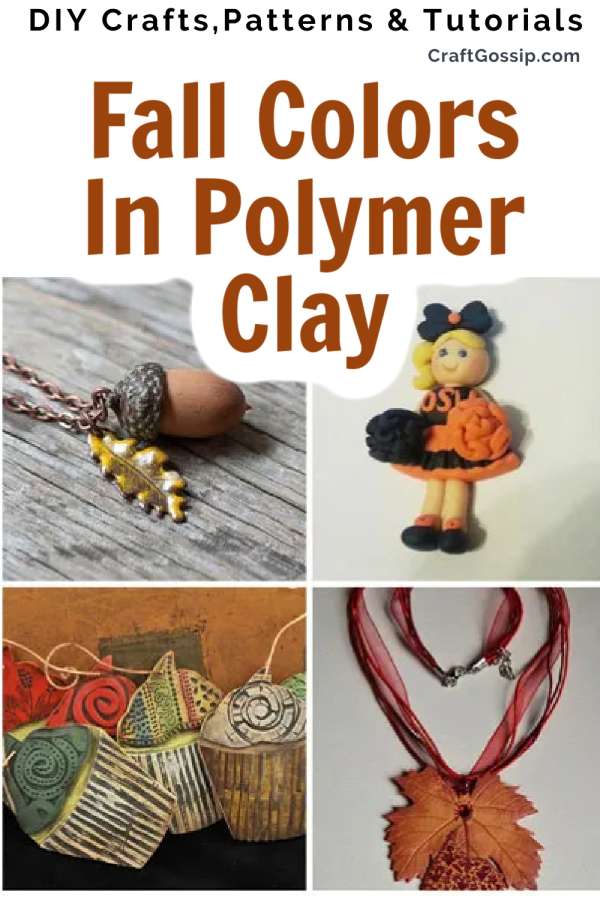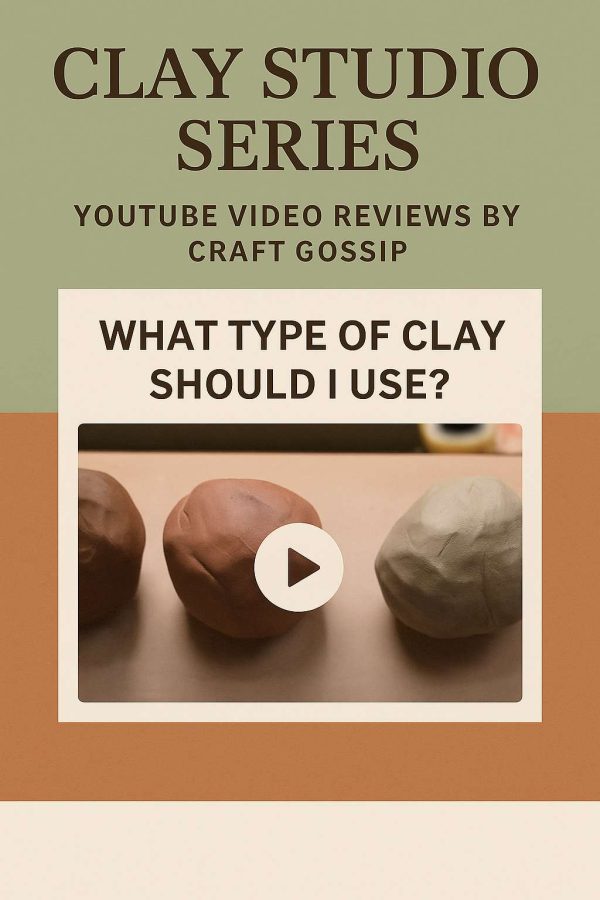
All fall colours in my flickr finds this week! People were doing beautiful colours in browns, reds, golds, sages.
1. Polymer clay acorn pendant with enameled copper oak leaf, 2. Polymer Clay Cheerleaders, 3. Cupcake Christmas Ornaments – Red, Green & Tuti-Fruity-2, 4. VENDEMMIA
Looking for more fall craft ideas? Check out these fall crafts from our sister site Craftbits.com.
Did you know that only Americans call it Fall? When English poets started using the phrase “the fall of leaves” it became popular to call the season fall. But by the mid-1800s, after the split of the colonies from England led to language change, England reverted back to Autumn and the Americans retained the name fall. But it is also known as Harvest,
Oversized pumpkins made from metal serving trays. Pumpkin Serving Tray Hack They are perfect for popping onto a mantle, hanging on the wall or placing on a porch.
This lovely fall lantern is perfect for decorating your Thanksgiving table. Made from items from the dollar tree, it is very inexpensive too make. Dollar Tree – Race Track Fall Lantern — CraftBits.com
We have over 20 DIY Fall Wreath tutorials with detailed instructions showing you how to make your own Fall or Thanksgiving door wreath. You can see the full list of tutorials here.
How to make your own Fall Wreath
Here are some more Fall articles which may be of interest to you.
9 Thanksgiving Crafts To Keep Your Kids Busy While Dinner Is Cooking — CraftBits.com
No Sew Sweater Halloween Pumpkins — CraftBits.com
Dollar Tree – Wood Block Pumpkins — CraftBits.com
How To Preserve Fall Leaves – Home and Garden
Do you know why maple leaves are so red? The color orange/red and yellow are created from the sugar levels in the leaves, hence why Maple leaves are bright red.
